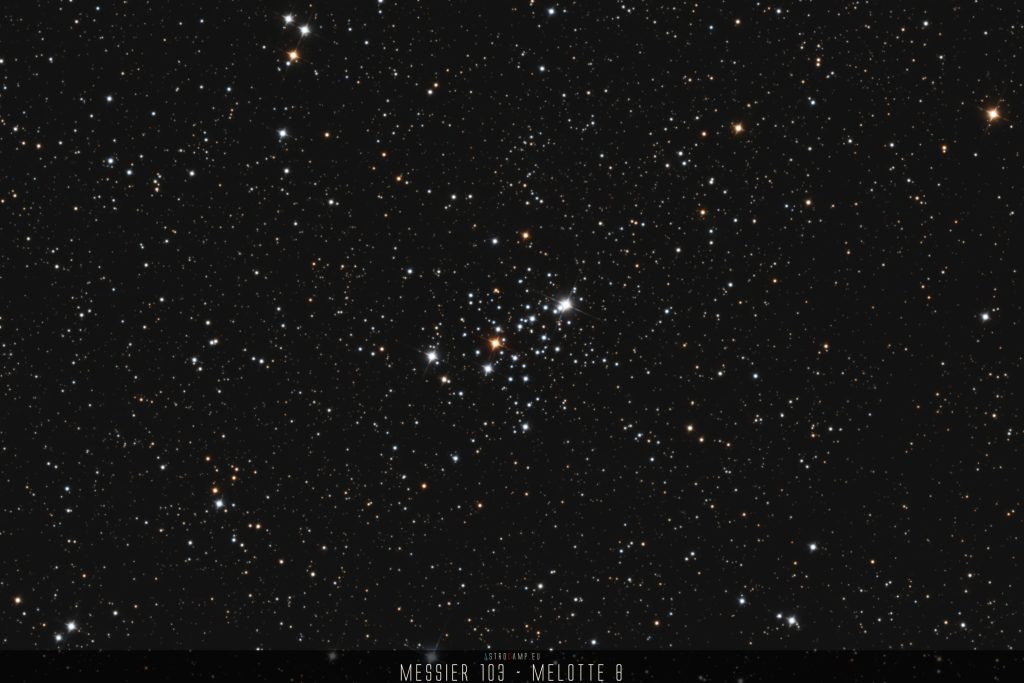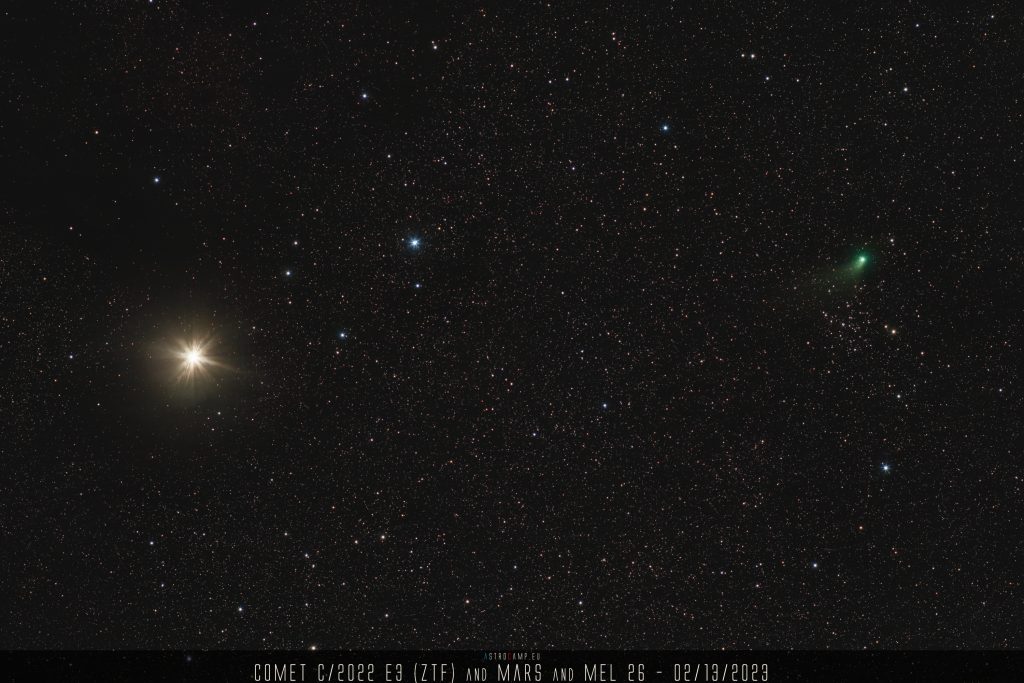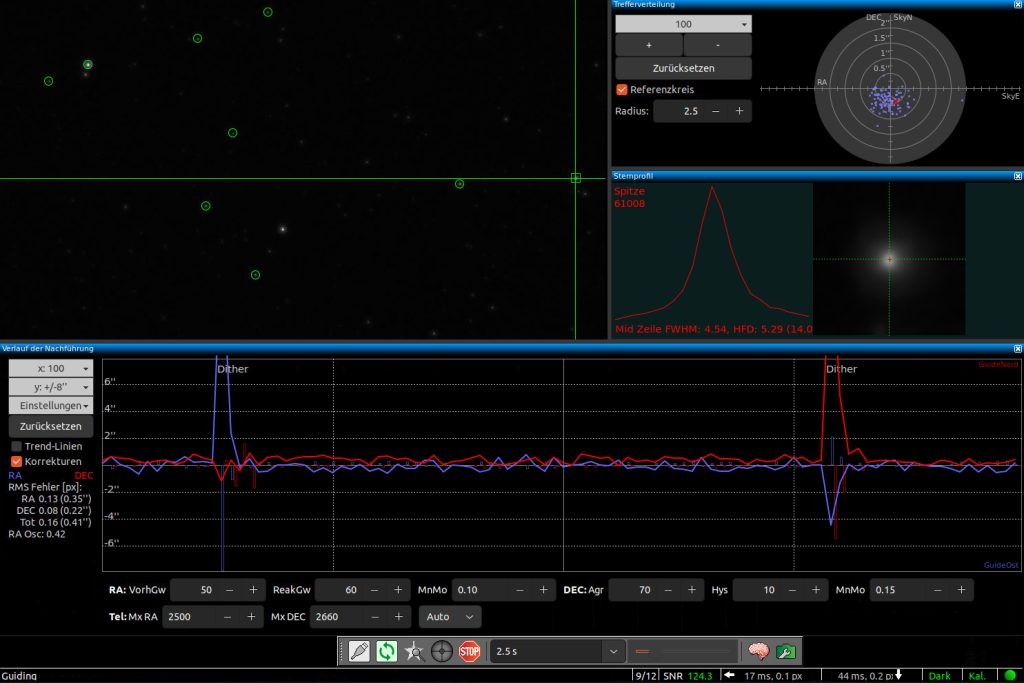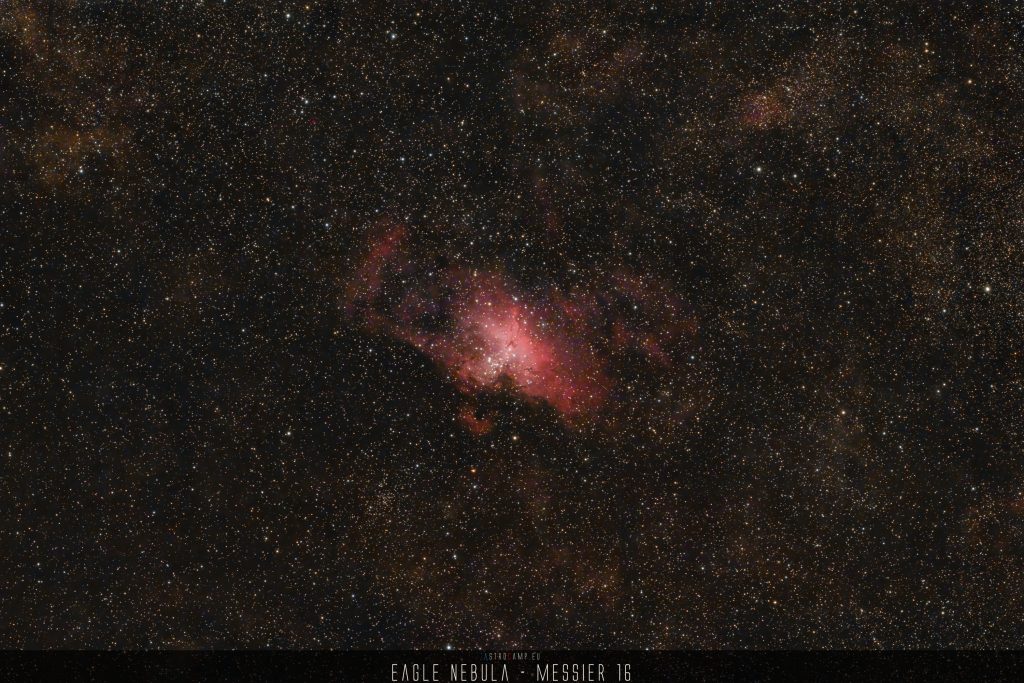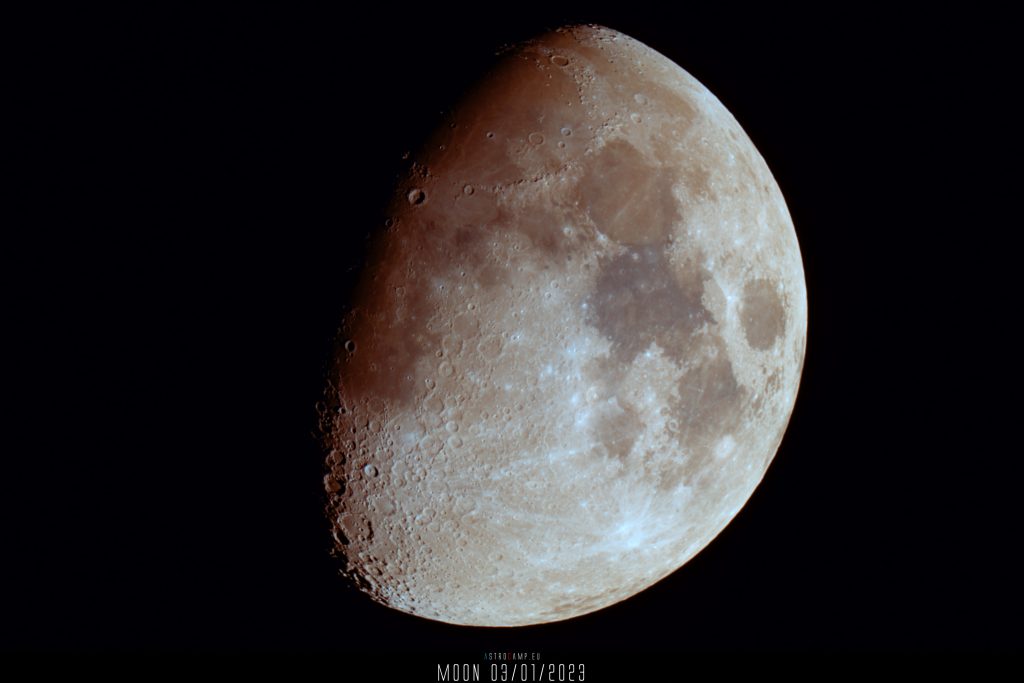Messier 103 is an open star cluster located in the constellation Cassiopeia. It contains about 40 stars, mostly blue and white in color. The cluster is relatively young, estimated to be around 25 million years old.
Location and neighborhood.
Messier 103 is located in the constellation Cassiopeia, which is easily recognizable in the northern hemisphere due to its distinctive “W” shape. Specifically, Messier 103 can be found near the star Delta Cassiopeiae, positioned to the northwest of it. In terms of celestial coordinates, Messier 103 is located at right ascension 01h 33.2m and declination +60° 42′. It’s best observed during the autumn and winter months in the northern hemisphere.
Messier 103 resides within the Milky Way galaxy, specifically in the outer regions of one of its spiral arms. It’s situated relatively close to our solar system, at a distance of about 8,000 light-years away. Within its cosmic neighborhood, there are other star clusters, nebulae, and individual stars. Some notable objects nearby include the open star cluster NGC 663, which lies to the northeast of Messier 103, and the Bubble Nebula (NGC 7635), which is located to the southeast.
Unique facts
- Youthful Cluster: Messier 103 is considered a relatively young open star cluster, estimated to be around 25 million years old. This makes it significantly younger than many other star clusters in the Milky Way.
- Messier 103 was first observed by Pierre Méchain in 1781 and later cataloged by Charles Messier in his famous astronomical catalog. It was one of the last entries in the Messier catalog and holds historical significance as one of the objects that led to the compilation of this renowned list of celestial objects.
Brightness and size
Messier 103 has an apparent visual magnitude of about 7.4, making it visible to the naked eye under dark sky conditions. Its distance from Earth is estimated to be around 8,000 light-years. In terms of its physical size, Messier 103 spans approximately 15 to 20 light-years across. When observed from Earth, its angular size is about 6 arcminutes.










